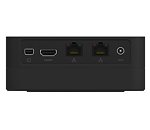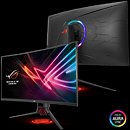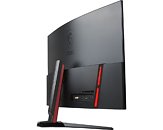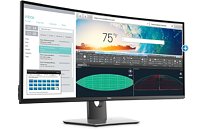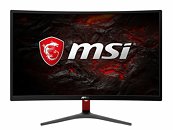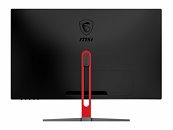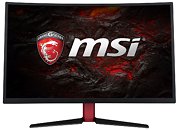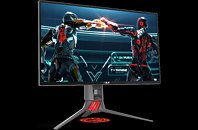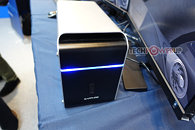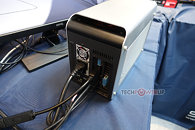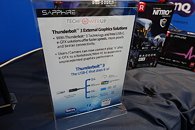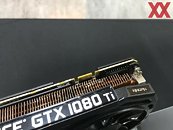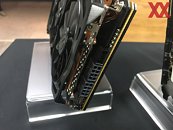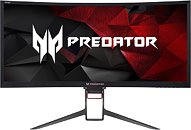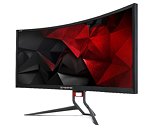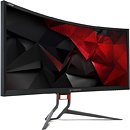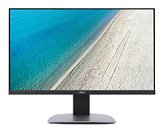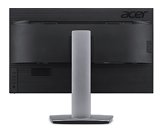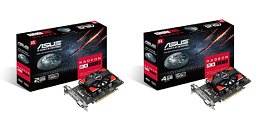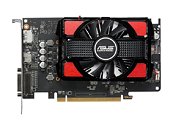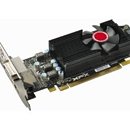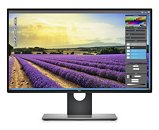
Club 3D Expands its Product Portfolio with New MST Hubs and HDMI Cables
Club 3D as the pioneer of Multi Stream Transport Hubs strengthen our presence in this segment with the announcement of the following products to complement our already established MST Hubs. Since our first introduction back in 2013, we are reaching a maturity level on these product lines and therefore we are introducing a lighter version packed in a polybag and powered solely with USB power. Compared to our further continued CSV-5XXX line of MST Hubs the new items will differ in some major points:
- all models are powered by USB only, no power supply needed
- different packaging: polybag instead of retail box
- no reset button on the product, for repeating digital handshake just plug the MST Hub on/off from the Display Port.
- no MiniDP to DP Adapter included in the box.







